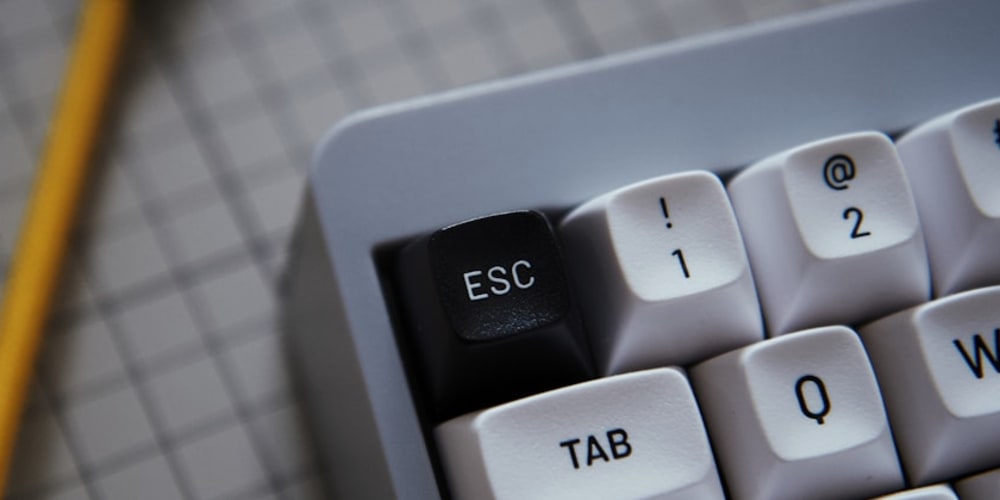The Internet of Things (IoT) has revolutionized the way we interact with the world around us. From smart homes to industrial automation, IoT applications are transforming industries and enhancing our everyday lives. As developers, understanding how to create IoT applications is essential. In this article, we'll explore the fundamentals of IoT, discuss key development considerations, and provide coding examples to help you get started.
What is IoT?
The Internet of Things (IoT) refers to the network of physical devices embedded with sensors, software, and other technologies that connect and exchange data with other devices and systems over the internet. These devices range from everyday household items to complex industrial machinery.
Key Components of IoT Development
Sensors and Actuators
Sensors collect data from the environment, while actuators perform actions based on the data received. Understanding how to integrate and use these components is crucial for IoT development.Connectivity
IoT devices need to communicate with each other and with centralized systems. This requires reliable and efficient connectivity solutions, such as Wi-Fi, Bluetooth, Zigbee, and cellular networks.Data Processing
Collected data needs to be processed and analyzed to extract valuable insights. This can be done on the device itself (edge computing) or on centralized servers (cloud computing).Security
IoT devices are often targets for cyberattacks, making security a top priority. Implementing robust security measures is essential to protect data and ensure device integrity.Scalability
IoT solutions must be scalable to handle the growing number of connected devices and the increasing volume of data generated.
Coding Example: Building a Simple IoT Temperature Monitoring System
Let's build a simple IoT temperature monitoring system using a Raspberry Pi, a DHT22 temperature and humidity sensor, and the AWS IoT platform. This example demonstrates how to collect sensor data and send it to the cloud for processing.
Step 1: Set Up Your Raspberry Pi
Install Raspbian OS on your Raspberry Pi.
Connect your Raspberry Pi to the internet.
Step 2: Connect the DHT22 Sensor
Connect the DHT22 sensor to your Raspberry Pi as follows:
VCC to 3.3V
GND to GND
Data to GPIO pin 4
Step 3: Install Required Libraries
Install the necessary Python libraries for reading data from the DHT22 sensor and communicating with AWS IoT.
pip install Adafruit_DHT
pip install AWSIoTPythonSDK
Step 4: Set Up AWS IoT
Sign in to the AWS Management Console.
Navigate to the AWS IoT Core service.
Create a new IoT thing, certificate, and policy.
Download the certificate and keys.
Step 5: Write the IoT Application Code
Create a Python script to read data from the DHT22 sensor and publish it to AWS IoT.
import time
import Adafruit_DHT
from AWSIoTPythonSDK.MQTTLib import AWSIoTMQTTClient
# Sensor configuration
DHT_SENSOR = Adafruit_DHT.DHT22
DHT_PIN = 4
# AWS IoT configuration
CLIENT_ID = "RaspberryPi"
ENDPOINT = "your-endpoint.amazonaws.com"
ROOT_CA = "root-CA.crt"
PRIVATE_KEY = "private.pem.key"
CERTIFICATE = "certificate.pem.crt"
# Initialize AWS IoT client
myMQTTClient = AWSIoTMQTTClient(CLIENT_ID)
myMQTTClient.configureEndpoint(ENDPOINT, 8883)
myMQTTClient.configureCredentials(ROOT_CA, PRIVATE_KEY, CERTIFICATE)
myMQTTClient.configureOfflinePublishQueueing(-1)
myMQTTClient.configureDrainingFrequency(2)
myMQTTClient.configureConnectDisconnectTimeout(10)
myMQTTClient.configureMQTTOperationTimeout(5)
# Connect to AWS IoT
myMQTTClient.connect()
# Publish sensor data to AWS IoT
while True:
humidity, temperature = Adafruit_DHT.read(DHT_SENSOR, DHT_PIN)
if humidity is not None and temperature is not None:
message = {
"temperature": temperature,
"humidity": humidity
}
myMQTTClient.publish("raspberrypi/sensor", str(message), 1)
print("Published: " + str(message))
else:
print("Failed to retrieve data from sensor")
time.sleep(10)
Step 6: Run the Application
Run the Python script on your Raspberry Pi:
python your-script-name.py
Your Raspberry Pi will start reading data from the DHT22 sensor and publishing it to AWS IoT every 10 seconds.
Conclusion
Developing for the Internet of Things (IoT) involves understanding a wide range of technologies and concepts, from sensors and connectivity to data processing and security. By following the coding example provided, you can get started with building your own IoT applications, collecting valuable data, and leveraging cloud platforms for processing and analysis.
As IoT continues to grow and evolve, the opportunities for innovation are endless. Embrace the potential of IoT and start building the future of connected devices today!
Feel free to connect with me on LinkedIn to discuss more about IoT development and share your experiences. Let's continue to learn and innovate together in this exciting field!
Thank you for reading my article! For more updates and useful information, feel free to connect with me on LinkedIn and follow me on Twitter. I look forward to engaging with more like-minded professionals and sharing valuable insights.



















